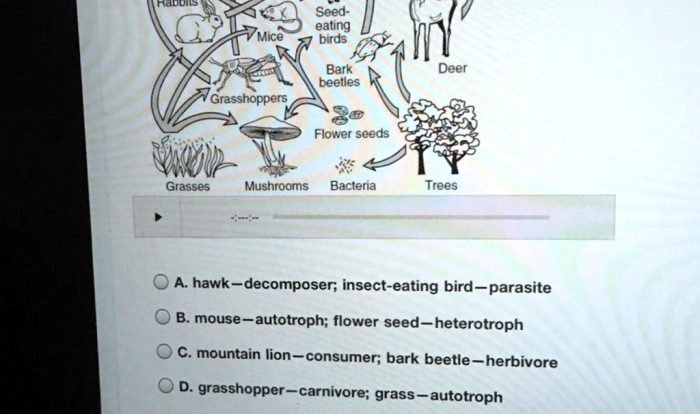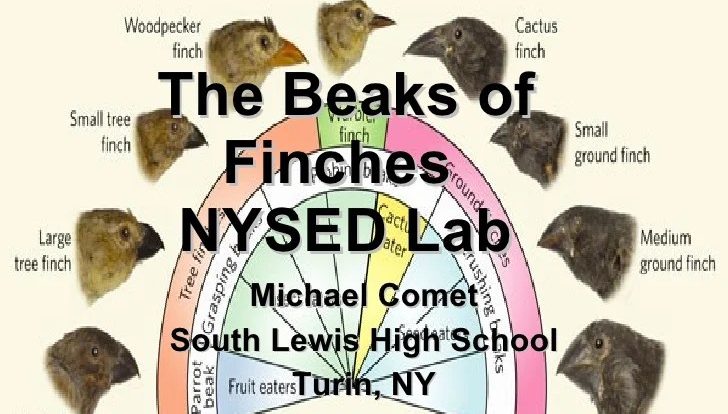Student exploration cell energy cycle delves into the fundamental processes that sustain life on Earth, providing a comprehensive understanding of the intricate mechanisms that drive cellular respiration and photosynthesis. This exploration unravels the significance of enzymes and coenzymes, unravels the flow of energy through ecosystems, and emphasizes the importance of human energy needs and energy efficiency.
Through engaging diagrams, interactive exercises, and thought-provoking discussions, students embark on a journey to unravel the mysteries of cellular energy, gaining a profound appreciation for the delicate balance that sustains our planet.
Cellular Respiration
Cellular respiration is the process by which cells convert glucose into energy in the form of ATP. It occurs in three main stages: glycolysis, the Krebs cycle, and oxidative phosphorylation.
Glycolysis
Glycolysis occurs in the cytoplasm and is the first stage of cellular respiration. It involves the breakdown of glucose into two molecules of pyruvate, releasing energy in the form of two molecules of ATP and two molecules of NADH.
Krebs Cycle
The Krebs cycle occurs in the mitochondria and is the second stage of cellular respiration. It involves the oxidation of pyruvate to produce carbon dioxide, ATP, NADH, and FADH2.
Oxidative Phosphorylation
Oxidative phosphorylation occurs in the inner membrane of the mitochondria and is the third and final stage of cellular respiration. It involves the transfer of electrons from NADH and FADH2 to oxygen, producing water and ATP.
Enzymes and Coenzymes
Enzymes and coenzymes play crucial roles in cellular respiration. Enzymes are proteins that catalyze the chemical reactions involved in the process, while coenzymes are small organic molecules that carry electrons or other molecules during the reactions.
Diagram of Cellular Respiration
[Masukkan diagram proses respirasi seluler di sini]
Photosynthesis
Photosynthesis is the process by which plants and other organisms use sunlight to convert carbon dioxide and water into glucose and oxygen. It occurs in two main stages: the light-dependent reactions and the Calvin cycle.
Light-Dependent Reactions
The light-dependent reactions occur in the thylakoid membranes of chloroplasts and involve the conversion of light energy into chemical energy in the form of ATP and NADPH. This energy is used to split water molecules, releasing oxygen.
Calvin Cycle
The Calvin cycle occurs in the stroma of chloroplasts and involves the fixation of carbon dioxide into glucose. This process uses the ATP and NADPH produced in the light-dependent reactions.
Chlorophyll and Other Pigments
Chlorophyll is a green pigment that absorbs sunlight and is essential for photosynthesis. Other pigments, such as carotenoids and phycobilins, also play roles in light absorption.
Diagram of Photosynthesis
[Masukkan diagram proses fotosintesis di sini]
Energy Transfer in Ecosystems
Energy flows through ecosystems in the form of food chains and food webs. Producers, such as plants, convert sunlight into glucose through photosynthesis. Consumers, such as animals, obtain energy by consuming producers or other consumers. Decomposers, such as bacteria and fungi, break down dead organisms and return nutrients to the ecosystem.
Food Chains and Food Webs
A food chain is a linear sequence of organisms through which energy flows. A food web is a more complex network of interconnected food chains.
Producers, Consumers, and Decomposers
- Producers: Organisms that can produce their own food through photosynthesis or chemosynthesis.
- Consumers: Organisms that obtain energy by consuming other organisms.
- Decomposers: Organisms that break down dead organisms and return nutrients to the ecosystem.
Food Chain or Food Web Diagram
[Masukkan diagram rantai makanan atau jaring makanan di sini]
Human Energy Needs
Human energy needs vary depending on factors such as age, sex, activity level, and climate. A balanced diet and regular exercise are essential for maintaining energy levels.
Factors Affecting Human Energy Needs
- Age: Energy needs generally decrease with age.
- Sex: Men typically have higher energy needs than women.
- Activity level: Physical activity increases energy needs.
- Climate: Energy needs may be higher in cold climates.
Importance of a Balanced Diet and Regular Exercise
A balanced diet provides the body with the nutrients it needs for energy production. Regular exercise helps to increase muscle mass and improve cardiovascular health, both of which contribute to increased energy levels.
Table of Energy Content of Different Foods
[Masukkan tabel kandungan energi dari berbagai makanan di sini]
Energy Efficiency: Student Exploration Cell Energy Cycle
Energy efficiency refers to the use of energy in a way that minimizes waste. Improving energy efficiency can help to reduce energy costs and environmental impact.
Concept of Energy Efficiency
Energy efficiency is the ratio of useful energy output to total energy input. A higher energy efficiency indicates that less energy is wasted.
Importance of Energy Efficiency
- Reduced energy costs: Energy efficiency can help to reduce energy bills for homes, businesses, and industries.
- Environmental benefits: Energy efficiency can help to reduce greenhouse gas emissions and other pollutants.
Ways to Improve Energy Efficiency
- Insulating buildings: Insulation helps to reduce heat loss in winter and heat gain in summer.
- Using energy-efficient appliances: Energy-efficient appliances use less energy to perform the same tasks.
- Turning off lights and electronics when not in use: This helps to reduce standby energy consumption.
Tips for Conserving Energy, Student exploration cell energy cycle
- Turn off lights when leaving a room.
- Unplug electronics when not in use.
- Use public transportation or carpool to reduce transportation energy consumption.
- Plant trees around buildings to provide shade and reduce energy costs for cooling.
FAQs
What is the significance of enzymes in cellular respiration?
Enzymes act as catalysts, accelerating the rate of chemical reactions without being consumed. In cellular respiration, enzymes facilitate the breakdown of glucose and the production of ATP, the energy currency of cells.
How does photosynthesis contribute to the energy flow in ecosystems?
Photosynthesis is the process by which plants convert sunlight into chemical energy, producing glucose and releasing oxygen. This glucose serves as a food source for other organisms, transferring energy through food chains and food webs.
Why is it important to maintain a balanced diet and engage in regular exercise?
A balanced diet provides the necessary nutrients for cellular respiration, ensuring optimal energy production. Regular exercise increases muscle mass and improves cardiovascular health, enhancing the body’s ability to utilize energy efficiently.

